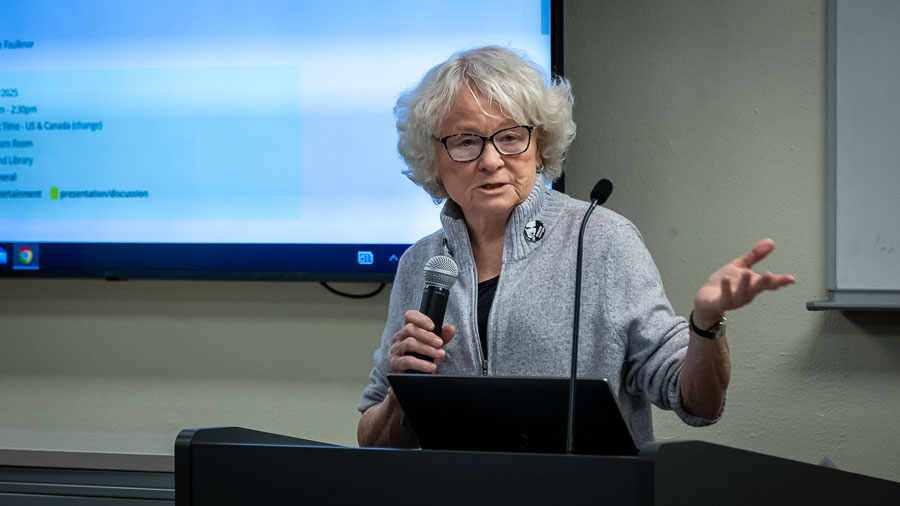OUR VIEW: Irrigation district piping projects answer a greater need
Published 5:30 am Thursday, September 21, 2023

- OUR VIEW LOGO (NEW)
The strong harvest yield being reported by the Rogue Valley’s grape and pear growers is good news not just for lovers of wine and cobblers, but for the economic stability of the region’s top agricultural crops.
Both benefited from a significant increase in water made available by the county’s irrigation districts — a blessing during a time where continuing drought and increasing impacts from climate change have cursed the water supply’s ability to keep up with demand.
“It’s a huge difference. It’s like day and night,” said Rory Calhoun, vineyard manager for Paschal Winery, about the increased availability from the Talent Irrigation District.
In a time when it seems very drop matters … it’s imperative that we look for the best ways to make the most out of what we have.
TID and two of Jackson County’s other water providers — the Rogue River Valley Irrigation District and the Medford Irrigation District — are looking at options for sustaining the flow of water as they seek to upgrade their current systems.
“It’s 70 years since the last modernization, so it’s time to do something,” Brian Hampson, general manager of RRVID, told the Times last month. “Our infrastructure is getting old and deteriorating.”
One focus is replacing open ditches with increased piping, a change that by its inherent nature would improve conservation while significantly cutting back water lost to human and environmental factors such as contamination, evaporation and seepage.
Backers also point to piping’s advantages in keeping reservoirs at healthy levels and keeping water in-stream to maintain fish and aquatic habitats.
Piping, however, has its detractors.
Opposition from town officials and members of the public in Ashland was so strong four years ago that a project to pipe the town’s west side canal was rejected.
And earlier this month, federal judges in the U.S. District Court in Eugene stopped the efforts of piping opponents to block piping plans of two Central Oregon irrigation districts — citing public need over the arguments of those living near the canals at the center of the case.
Some neighbors of irrigation ditches, TID manager Wanda Derry told the Times last month, base their opposition on reasons more aesthetic than practical.
“They really like their water feature,” Derry said.
Such opposition has yet to materialize, for instance, over current TID plans to pipe the 23.2-mile Eastside Canal, which runs north from Emigrant Lake. The canal has been losing nearly 30% of its water volume to evaporation and seepage, further decreasing the availability to feed agricultural lands and wildlife habitats.
What debate that does exist over the preference for piping over other modernization efforts often comes down to the balance of tangible necessity and intangible preference.
Irrigation districts are there for benefits far beyond appearance. They aid the community’s wildlife, its agricultural providers and its overall health and well-being. Irrigation exists to provide a service and economic benefit to the region.
There’s also the matter of who has provenance over the region’s water supply. In a time when it seems every drop matters, when residents are asked to conserve during the heights of drought conditions, and when the Rogue Valley is constantly on alert for catastrophes associated with dry, brittle landscape, it’s imperative that we look for the best ways to make the most out of what we have.
Piping is a practical solution to a need that seems likely only to escalate in the era of climate change.
“The water,” says Calhoun, “keeps things alive.”










